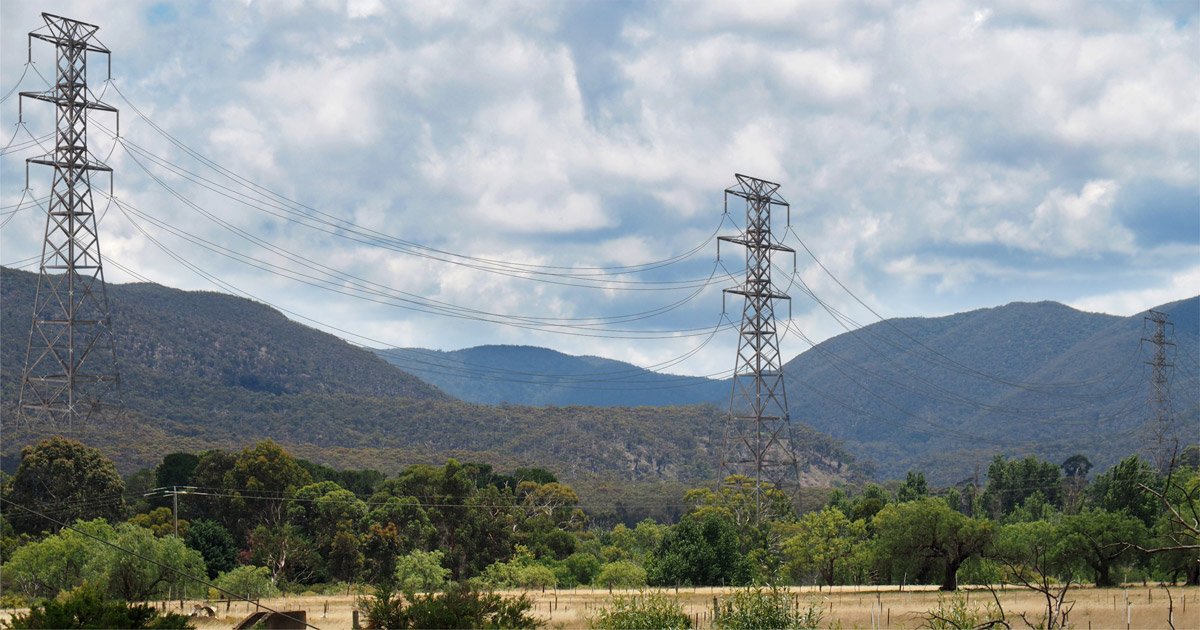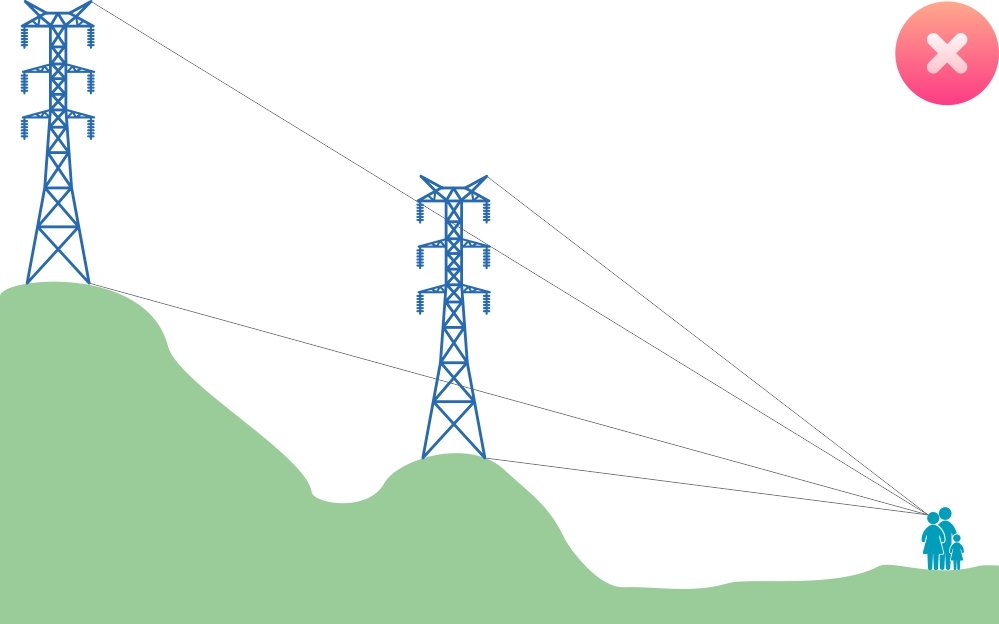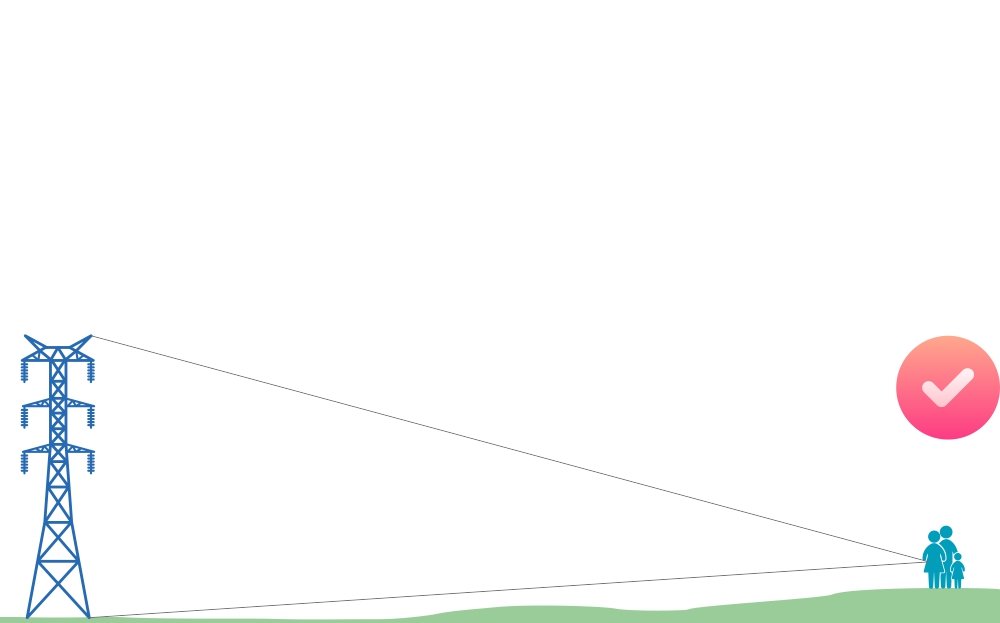Approach to site layout and design

Site layout and design
Taking account of the different characteristics of the essential elements of overhead lines, an approach to site layout and design should be developed based on two primary aims:
- Diminishing the impacts associated with high voltage overhead lines
- Promoting the environmental quality of an area.
Clearly, high voltage overhead lines are major pieces of infrastructure that have a visual impact upon their surroundings. Such equipment cannot be screened from all parts of a site; it is therefore necessary to establish where efforts to diminish impacts will be most effective.
While the need to promote environmental quality is a fundamental aim of all good design, it is of particular importance in areas close to high voltage overhead lines. Only by pursuing both of these aims can the full design potential of areas close to high voltage overhead lines be realised.
(UK National Grid - A Sense of Place - Design guidelines for development near high voltage lines: page 33)
Prioritising the public realm
The first priority should be on promoting the environmental quality and diminishing the impact of towers on the public realm.
Most people will experience a place from the public realm: that is streets, squares and parks. Local residents, workers and visitors all use the public realm in one way or another, and will all base their perceptions of the environmental quality of a place and notions of civic pride on its environmental qualities.
It therefore follows that where the overhead line impacts upon the public realm, the potential visual impact of that overhead line would be experienced by more people and would impact more severely on the perception of environmental quality than, for example, if the impact was solely on private areas or situated well away from materially populated townships. Therefore, in promoting a sense of place, the first priority should be on promoting the environmental quality and diminishing the impact of towers on the public realm.
(UK National Grid - A Sense of Place - Design guidelines for development near high voltage lines: page 34)
Topography
The selection of any new electricity transmission line route will be a balance of all the various factors or constraints which have to be taken into account. Any overhead transmission line will be a visual intrusion into the landscape through which it passes, and it is the dominant scale of towers which makes them difficult to absorb into the landscape. In selecting a route, network operators should seek to reduce the visual effect of the line in terms of the number of people affected and the degree to which they are affected. The nature and topography of the landscape must be considered, and any statutory protection afforded to an area should also be taken into account.
An understanding of the effect of topography will help to establish which towers may be more prominent, and will help to inform site layout and design decisions to reduce visual impacts.
The selected route should typically seek to avoid crossing the highest contours, where towers would generally be the most prominent and should take account of the quality of the landscape and its ability to accommodate an overhead line. In other words an overhead line should 'fit' into the landscape as much as that landscape permits.
The topography of a development site can affect the perception of towers and high voltage overhead lines and is an important design consideration. Even subtle changes in topography can affect our perceptions of towers.
Where towers are set in an elevated position and are viewed from lower ground, the scale and visual impact of the towers is emphasised. Conversely, where towers are viewed from an elevated position the visual impact is much reduced.
(UK National Grid - A Sense of Place - Design guidelines for development near high voltage lines: page 39)

As well as the position of the viewer, the perception of the visual impact of the pylons is also affected by their relationship relative to the viewer’s horizon. Pylons set across the brow of a hill will be silhouetted against the sky and will appear more prominent. It is important to avoid steep, visually prominent hillsides with dramatic shifts in typography when siting overhead transmission infrastructure.

Flat or slight to moderate undulating open topography, well away from neighbours and towns reduces visual impact and represents a more acceptable option when siting overhead transmission infrastructure.

